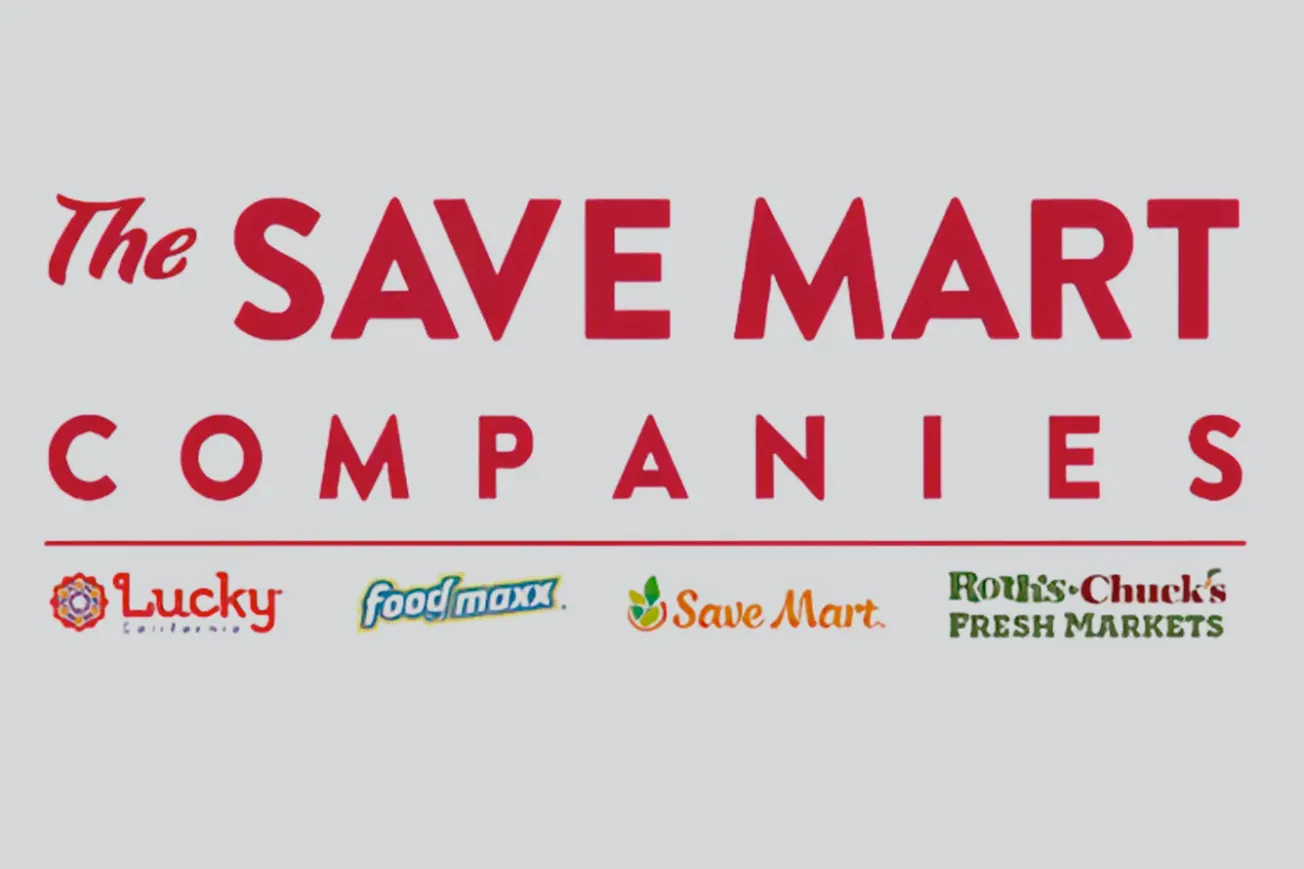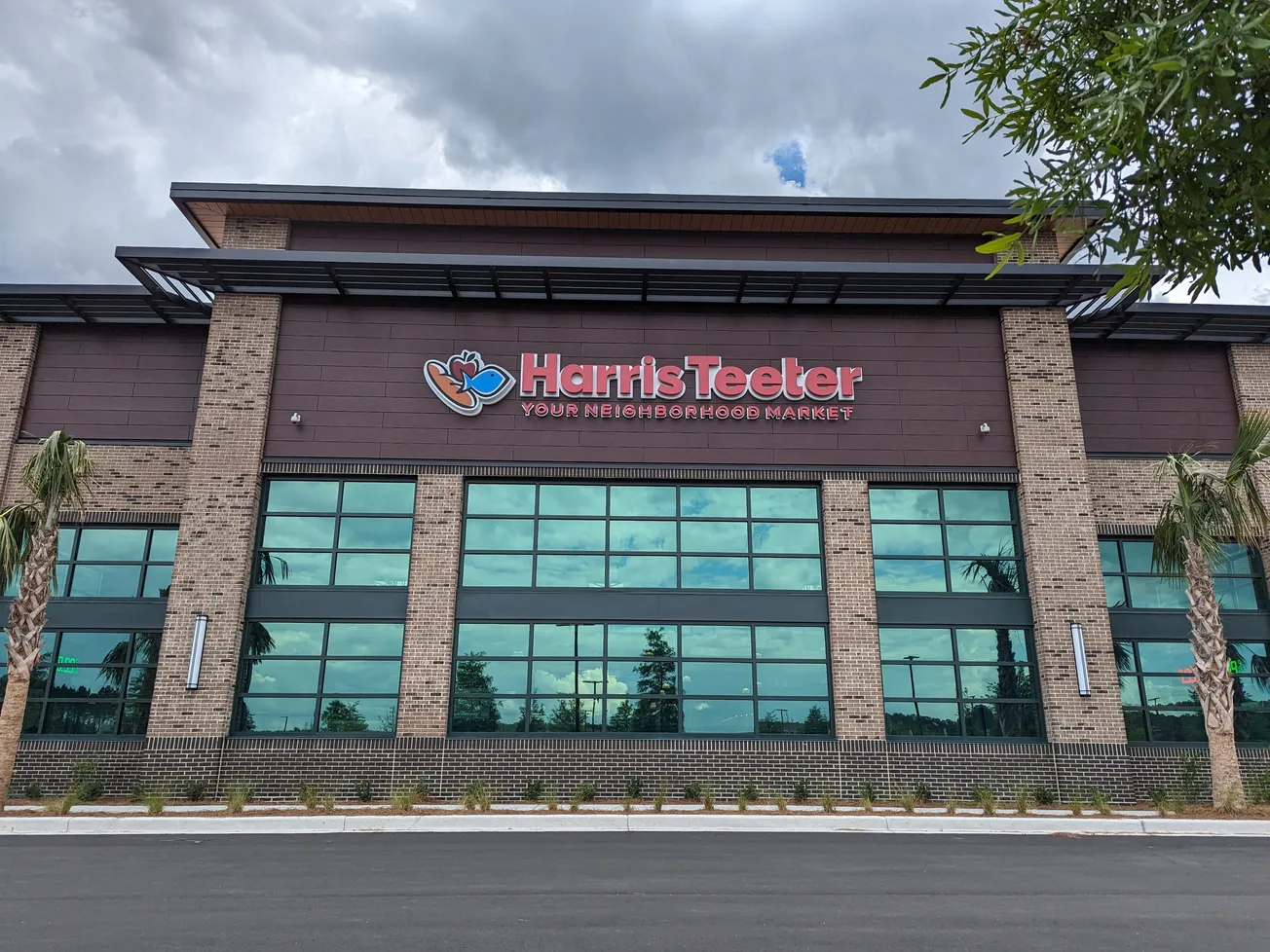The health care sector in the United States is worth about $4.4 billion — about the size of Japan’s entire economy, which is the third-largest in the world, behind only those of the U.S. and China.
That’s another way of saying that the U.S. health care industry is massive, notes XIL Health and Visory Health chief executive officer Susan Lang, who has spent her career managing, investing in and helping disrupt the sector.
 Lang recently sat down with Wendy Liebmann, the CEO at WSL Strategic Retail, to discuss the changing landscape of health care and retail, touching on issues of affordability and access, as well as the growth opportunities that still exist in niche markets.
Lang recently sat down with Wendy Liebmann, the CEO at WSL Strategic Retail, to discuss the changing landscape of health care and retail, touching on issues of affordability and access, as well as the growth opportunities that still exist in niche markets.
Lang pointed out that one of the challenges that payers face in controlling costs is the fact that innovative new technologies tend to be additions to — not replacements for — existing ones.
“If you develop a new technology, like a camera you can swallow to see if you have colon cancer, that’s great. They’ll charge you for that test,” Lang says. “But then they’ll still send you for a colonoscopy. Everything is an add-on, and nothing goes away.”
That dynamic is one of the reasons healthcare costs keep going up so dramatically, even as insurers, pharmacy benefit managers and other companies look for ways to cut their costs, often at the expense of someone else’s profit margin. Lang noted that retailers frustrated by shrinking reimbursements in their pharmacies are unlikely to see that trend reverse.
“If you’re on the provider side, the only thing I know for sure is that your reimbursements will keep going down,” Lang said, adding that in 30 years she has never seen a year when reimbursements have gone up.
Despite the pressure on providers, retailers keep expanding their healthcare presence and finding new opportunities to address consumer needs, complement their existing businesses and make money doing it.
That includes unexpected players. Lang pointed out that Best Buy is leveraging its relationship with consumers in the tech space — including its Geek Squad technicians who visit customers in their homes — to sell health technology and services.
Selling wearables and other devices could be a big opportunity for drug stores and other chains that are already trusted healthcare providers, Lang suggested, noting that retailers need to look at the areas where consumers are spending their own money, and are actually willing to do so.
“The research shows us that patients will go out and spend $200 on supplements, but they do not want to spend more than $20 on a co-pay,” Lang said. “And they will spend $200 on a watch that will let them know their pulse and if they have a regular heartbeat. So you need to be where the consumer is and that is in a different place than they’ve been before.”
Lang and Liebmann’s conversation took place during a recent WSL Retail Safari trip to Des Moines, which spotlighted Hy-Vee.
Hy-Vee has long been a healthcare innovator, and among the stops on this Retail Safari tour was the company’s first Hy-Vee Health Infusion Clinic, which opened in Des Moines earlier this year. (A second opened in Chicago in August.)
The infusion clinic provides treatments for a wide variety of acute and chronic conditions, spanning rheumatology, gastroenterology, pulmonology, neurology, dermatology, and oncology.
Hy-Vee chief medical officer Daniel Fick explained that infusion therapies can be revolutionary, and also very expensive. (A new treatment for diabetes prevention, for example, costs $190,000.)
Hy-Vee’s infusion clinics take Medicare and Medicaid, which many established players in that field don’t. And Hy-Vee seems to offer proof that one way to succeed is the growing but challenging healthcare sector is by finding niches where one can address unmet or under-met consumer needs in a way that’s convenient and cost-effective for the patient while still being profitable for the retailer. Does that sound easy?






